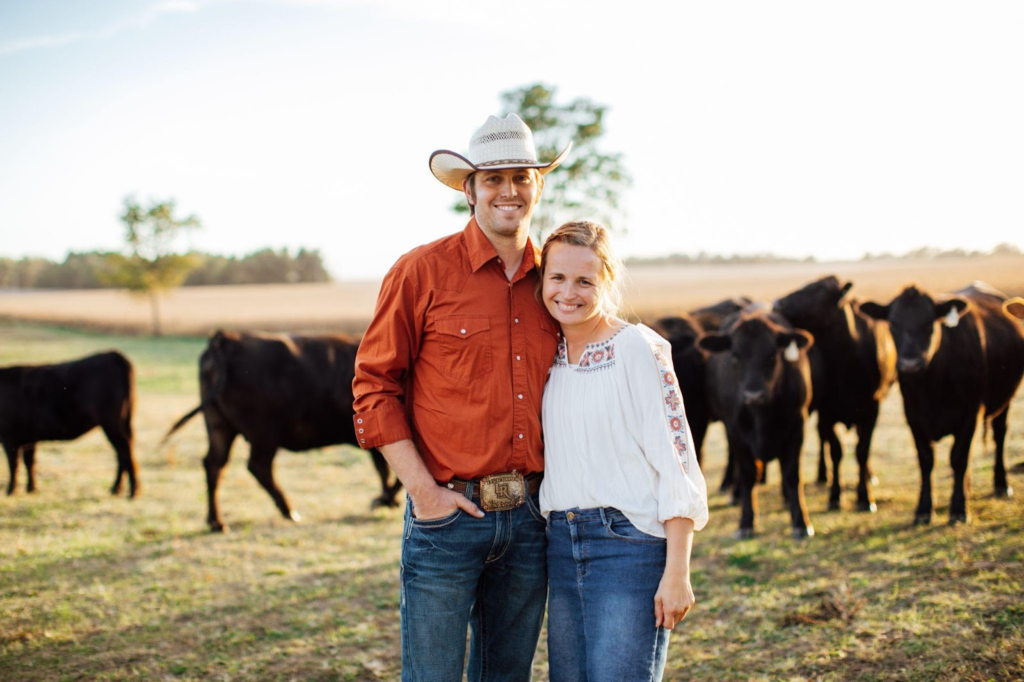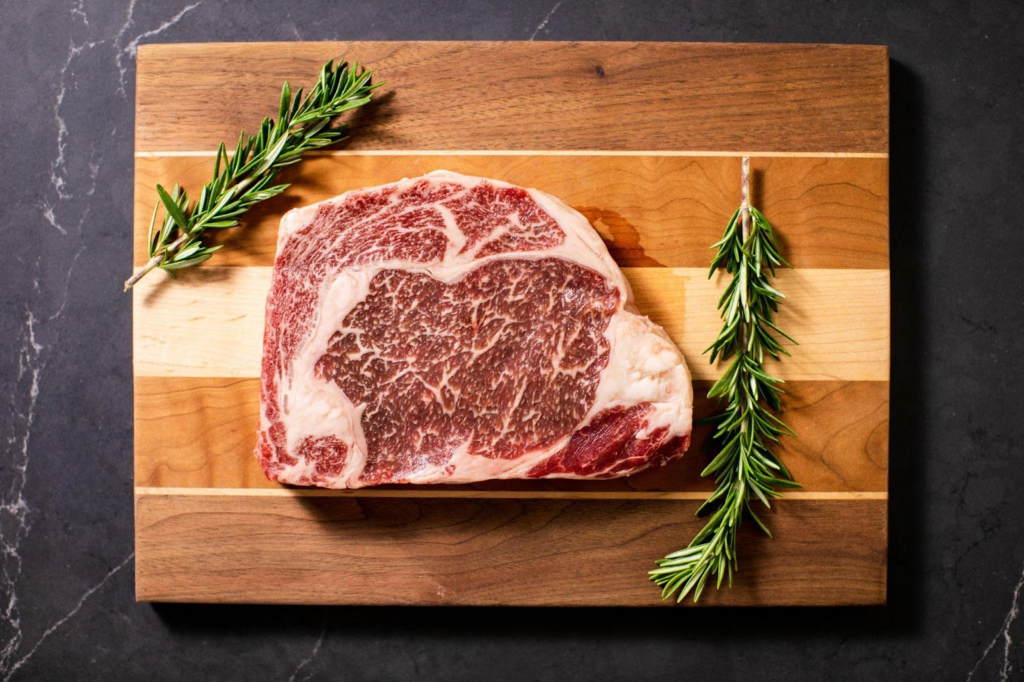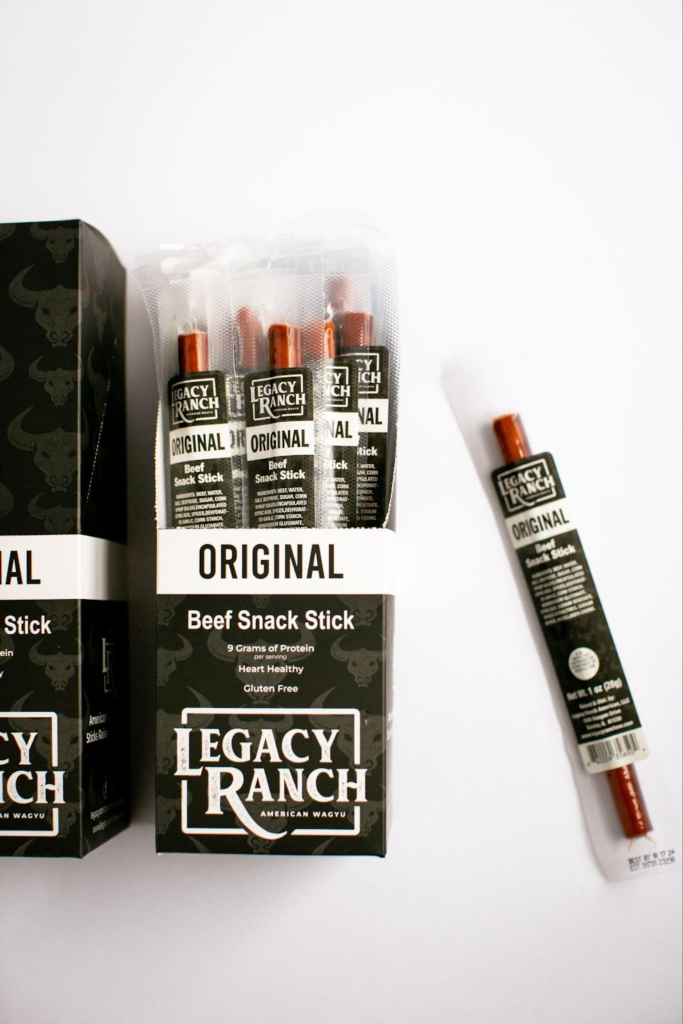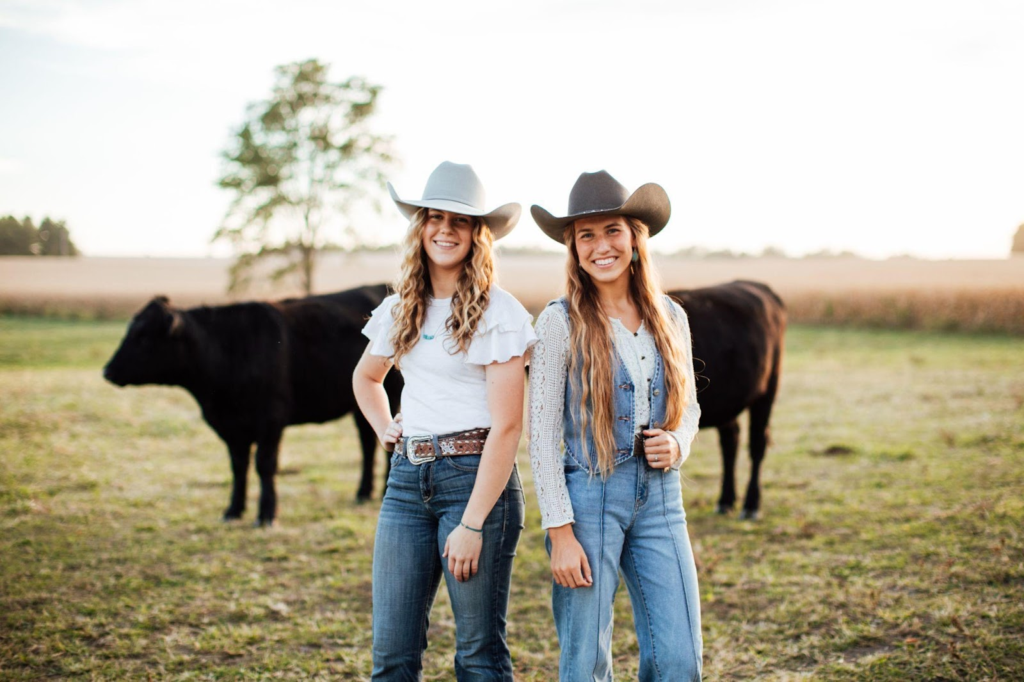
Sawyer and Abbie Cottrell are like many young ranchers. They want to give their sons and daughter a childhood that’s meaningful and that will live beyond themselves.
The Cottrell homestead sits at the end of a long gravel driveway just miles down the road from Eureka High School where Sawyer teaches agriculture classes. Cows and their calves graze on a grass lot on the left. Two pens of cattle are being fed and grown for meat production in the back lots.

Sawyer wasn’t raised on a farm.
“It’s one of those things I always wanted to do, but felt I was on the outside looking in,” Sawyer says. “I never thought I had a chance. The ranch is a dream come true.”
The couple rented the homestead and pasture acreage to start raising Angus cattle. “I don’t own an acre of land, and we ask ourselves if it will all go away one day,” Sawyer says. Financially, they, like many first-generation farmers, simply can’t afford or find available land to buy. “We were renting 10 acres of pasture and not making any money. It was just an expensive hobby.”
Sawyer is a first-generation rancher.
Sawyer earned a degree in agricultural education, then began teaching ag classes at Eureka. In addition, he shifted his cattle production from Angus to Wagyu cattle, a high-quality, high-marbling cattle breed, and created Legacy Ranch American Wagyu in 2021. The Cottrell’s are classified by the United States Department of Agriculture as beginning ranchers.
A friend introduced Sawyer to Wagyu [pronounced waa·gyoo] cattle, originating from Japan, with increased marbling that results in high-end, tasty steaks.

He used artificial insemination to breed his first five Angus cows to a Wagyu bull. While those calves matured, Sawyer bought several market-ready cattle that allowed him to harvest and market meat for immediate income.
He expanded the herd and bought half-Wagyu cows and a full-blooded red Akaushi Wagyu bull named Tex from Texas, as well as a black Wagyu bull. Akaushi are known for their high growth potential; black Wagyu are known for their high marbling characteristics.

Products and Marketing
Sawyer markets to a specific client, backyard grillers who want high-quality prime beef cuts. Legacy Ranch provides nationwide two-day shipping. They’ve built an impressive contact list for their top cuts, including ribeye, New York strip, filet mignon, Denver steak, flank steak, and center-cut sirloin. In addition to prime cuts, a beef carcass yields cuts that are not as aggressively purchased, including ground beef.
Local Connections
To use the excess ground beef, Sawyer worked with Springfield meat processor Turasky Meats, to successfully create a Wagyu beef snack stick that is shelf-stable. The team partners with Harvester Meats in Canton IL for the rest of their processing and packaging. Branching out, the team now focuses more on Snack Stick Subscriptions, Bulk Beef, and The Cattleman Collective. This system is easier for the customer and provides reliable income for the Ranch. If you would like to Partner with Legacy Ranch, click here for more!
The ranch operates The Farm Store, a small retail storefront in Eureka. On Fridays, the team grills Wagyu burgers for customers. “That’s about as good as you can get with vertical integration,” Sawyer says.
“We want to take down every entry barrier to try our product. It’s as farm-to-table as you could possibly get.”

Expanding Opportunities for New-to-Farming Youth
Sawyer tells his students that it comes down to hard work and building relationships. “Being a first-generation rancher, I feel there is a negative stigma to getting into farming,” Sawyer says. “It’s a huge undertaking, and it’s difficult to do, but it is not impossible… You have to put yourself out there and be willing to work your tail off,” Sawyer says. “I’ve had to learn it from the ground up. I will never be done learning.”
The ranch employs two former FFA students, Naomi Wegner and Kylie Balducci. Naomi had no farming experience when she started and has learned to work with cows and rake hay. She also contributes to the business in developing her marketing skills.
Kylie excels in marketing and networking and has refined her career goals because of her work at Legacy Ranch. “I want to build my own small western brand,” she says. “Sawyer allows us to chase our own goals.”
Together, Kylie and Naomi handle the shipping of products, the Farm Store sales, and the weekly grilling. “Grilling hamburgers on Fridays is a good way to talk to people and build relationships,” Kylie says. “The beef is amazing, but that’s not the point, really.”
Sawyer would agree. “We don’t farm grass; we are farming relationships,” he says. “If we don’t have relationships, we don’t have a business.”

(Turner, Sawyer, Sierra, Abbie, & Paxton)
What Comes Next?
Driven by a desire to create a lasting legacy, Sawyer aims to provide opportunities for future generations.
“I’m motivated to do all this because I’m passionate about raising my kids on a farm,” he explained.
“I’m motivated by the fact that I didn’t grow up on a farm and I can now give other young people who want to be part of agriculture an opportunity to do what they love.”
We want to create a small farm boutique platform that sells other farms’ products to tell their stories with ours,” Sawyer says. They hope to expand the Eureka storefront.






0 Comments